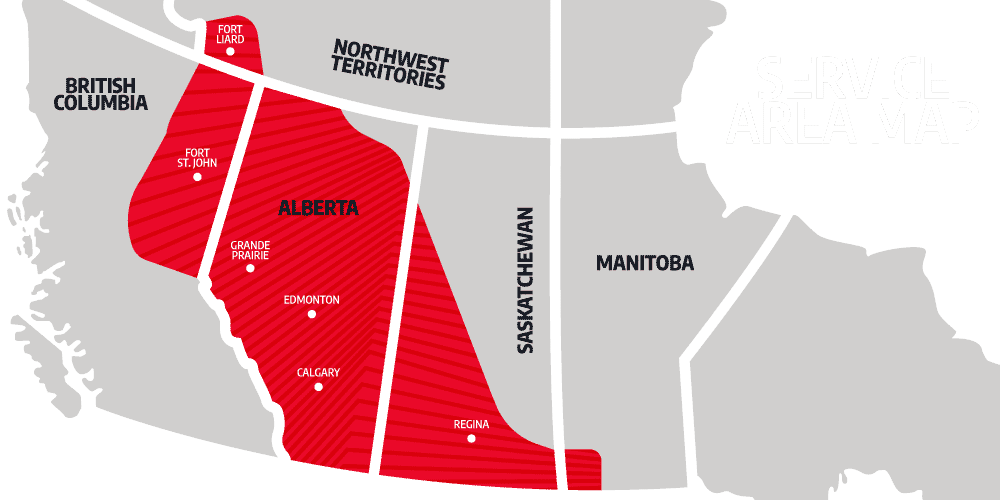Gas Migration Testing
Gas migration is the addition of gas into the annulus, or any void between piping, tubing, or casing and structure immediately surrounding it, due to a pressure imbalance, where the gas may migrate to a lower pressure zone or possibly to the surface.
Both active and suspended wells can have external gas migration toward the surface.
Gas migration can be either continuous or discontinuous. For continuous gas migration, there is intact gas saturation from the source to the surface. This type of gas migration is found in the layer of soil on the surface to the top of the water table. Discontinuous gas migration occurs in bubbles of gas migrating through the water-filled porous rock.
As the natural degradation of organic matter, methane is produced naturally in soil and other areas underground. Gas migration is the movement of methane or other gasses from a subsurface spot to other places through a natural or artificial barrier. These barriers can either be overburden or shale if natural, or cement sheath, external casing packed, pipe joints, plug, etc., if artificial.
Previously undeveloped surface areas overlapping oil fields have become more practical and are currently being developed in highly populated areas. As a result, environmental problems often occur today, where there were few in the past. This migrating gas may be trapped under paved streets, parking lots, and facilities leading to intense environmental problems. Call SSI to complete your AER Directive 79 assessments.
Surface Solutions can guide the client to the source of the gas migration and the concentration of biogenic or thermogenic methane. Thermogenic methane being produced deep within the seafloor when the earth’s heat degrades organic material, whereas biogenic methane being produced as a waste product when microorganisms eat the organic material in reducing environments.
Surface Solutions saves our Western Canadian customers time and money while managing their complete production gas migration testing needs using our industry-leading database.
Decommissioning Oil And Gas Wells
Operators are urged to check for gas migration before conducting surface decommissioning actions, especially for wells with a current or previously repaired surface casing vent flow or that experienced well control problems during drilling. If the test confirms the existence of gas migration, surface decommissioning activities should not occur. Operators should submit the results of a check for the presence of gas migration to the AER.
Production wells that are no longer economically viable or have wellbore issues requiring closure should be plugged in to prevent reservoir fluids from migrating over time and possibly contaminating other formations or freshwater aquifers. Surface Solutions’ extensive experience with risk assessments, carbon isotope analysis, and groundwater protection surveys makes our reports critical to proper wellbore remediation.
The subsurface storage of natural gas in depleted or decommissioned oil reservoirs has become common in many urban areas. AER Directive 79 discusses the importance of identifying gas migration in urban areas. The reason for the increased use of gas storage reservoirs is that peak demand deliverability can be fulfilled without dramatically increasing the size of interstate transmission lines. However, underground gas storage facilities in abandoned oil fields have demonstrated a long history of gas migration problems.
The risks of gas leakage must be continuously examined over the entire lifetime of a storage project. Wellbores can develop leaks due to casing corrosion, cement seal deterioration, and mechanical damage resulting from seismic activity.
Mitigating Health And Safety Issues
Gas migration in the oil and gas industry has been recognized as one of the most complicated problems due to the potential health risks, safety, and the environment.
Gas migration can lead to a potentially explosive environment in limited spaces and is also a source of greenhouse gas emissions. Methane emission quantification from gas migration and surface casing vent flow is required to sustain strategic methane reduction targets and mitigate explosion and groundwater quality risks. Surface Solutions can pinpoint the source of the gas migration and the concentration of biogenic or thermogenic methane.
To avoid the potential risks from gas migration to the health, safety, and environment, it is necessary to regularly test the gas migration of an oil and gas well.
An estimated quarter of all wells were lawfully abandoned before gas migration, and surface casing vent flow testing regulations existed in Alberta. The remaining wells will require surface casing vent flow testing before legal abandonment, and a significant number will require gas migration testing before abandonment based on current regulations. Surface Solutions’ experts have established a program utilizing advanced equipment to test and analyze any aspect of gas migration accurately.
Surface Solutions’ gas migration services utilize our industry-leading technological advances in data acquisition to provide our oil and gas customers with test data that is accurate, flexible, and affordable. Surface Solutions’ business foundations are based on our experienced leadership and recognized customer service.
By utilizing our industry-leading database, Surface Solutions saves customers time and money while managing their complete production gas migration testing needs.



